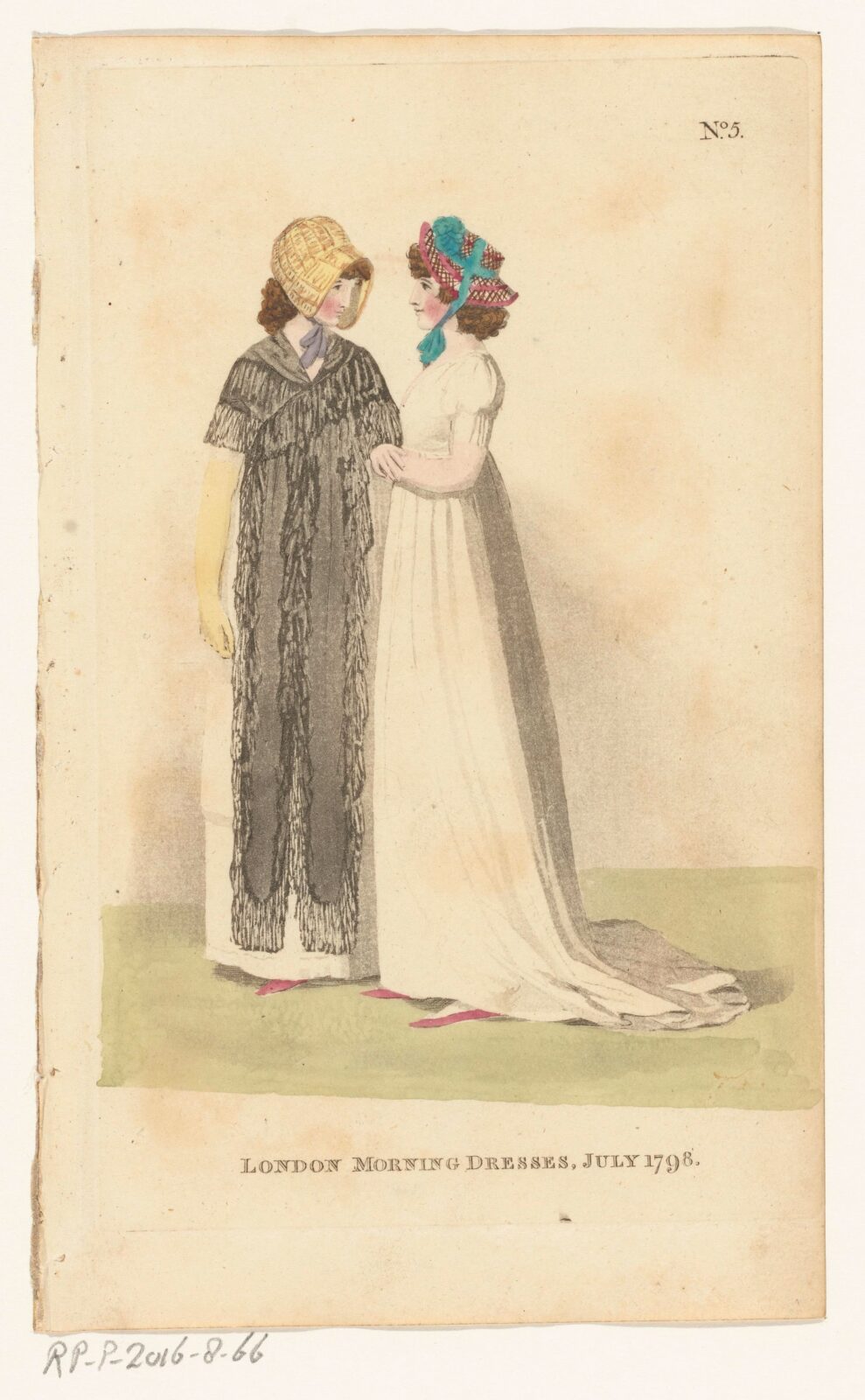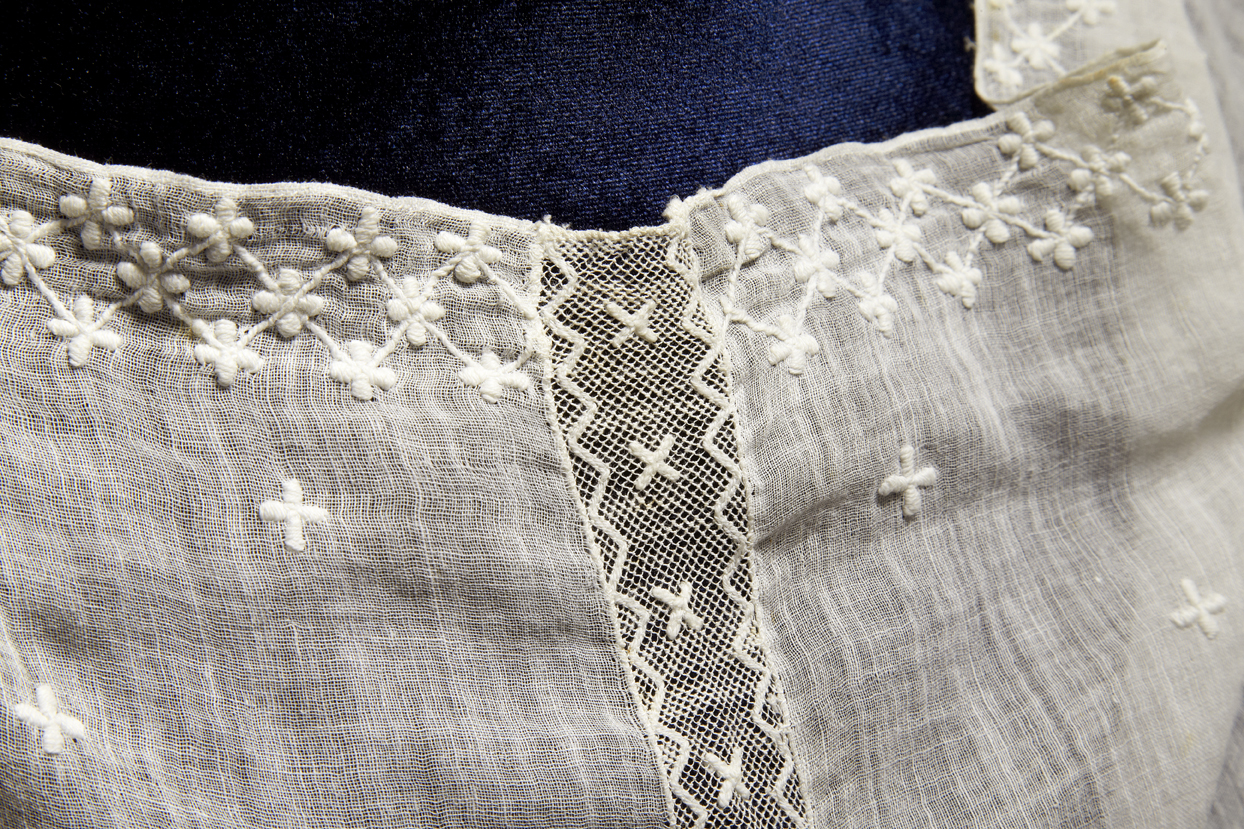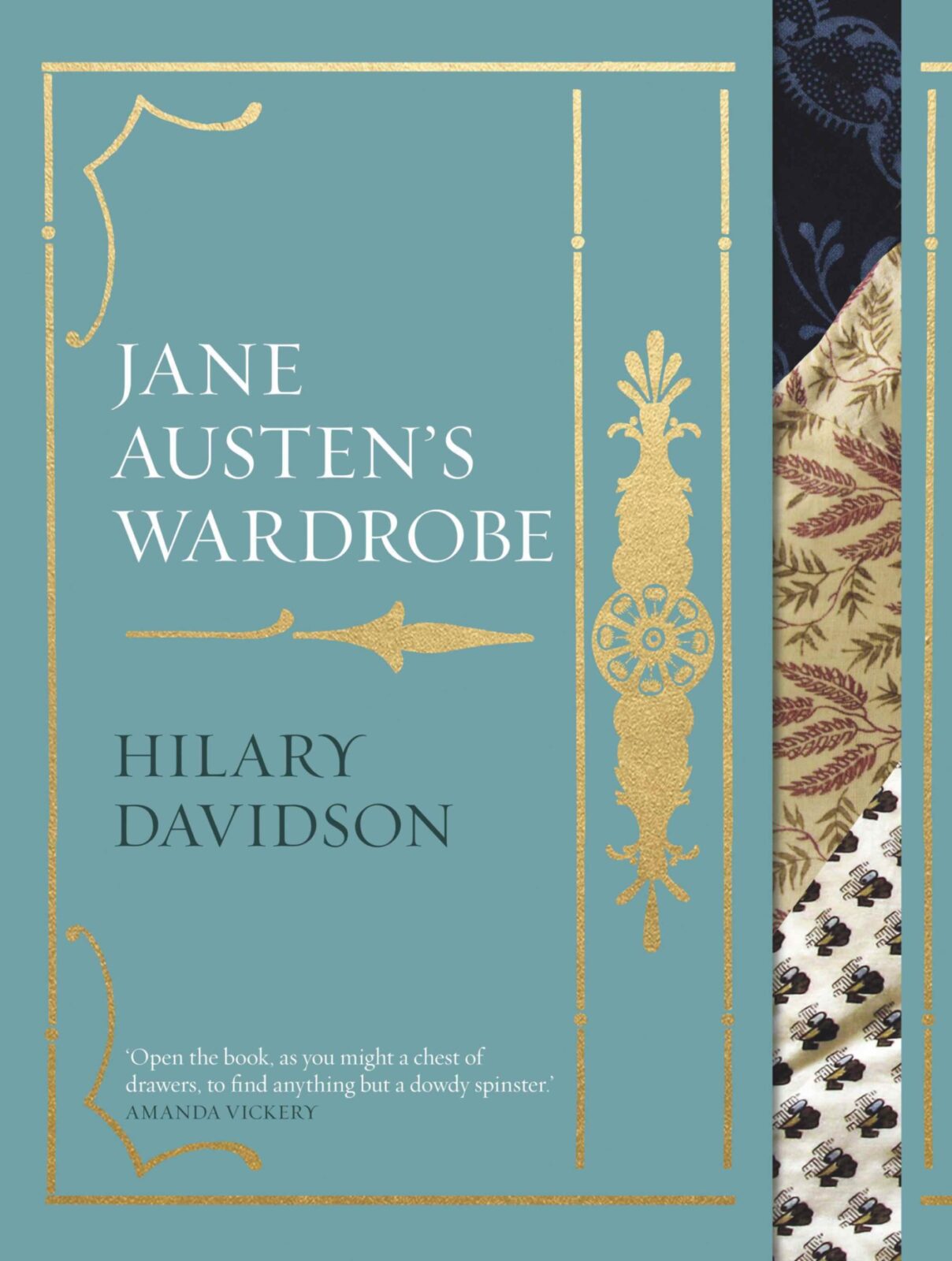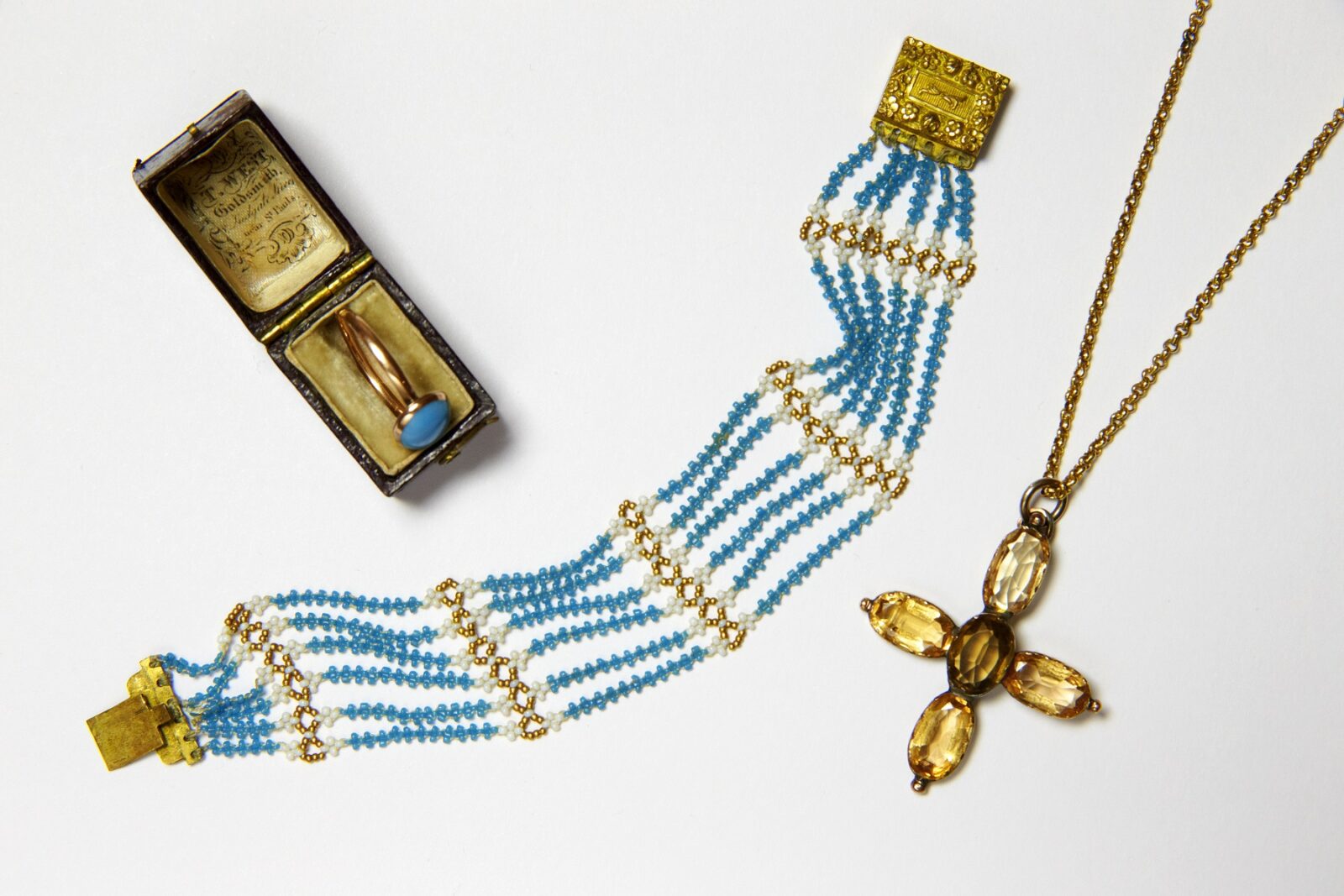An introduction to Jane Austen’s Wardrobe…
In an exclusive extract from 'Jane Austen's Wardrobe', dress historian Hilary Davidson uses Jane Austen's letters and surviving articles of clothing to reveal her as a stylish dresser who is alert to fashion trends but thrifty and eager to reuse and repurpose clothing.What might historians of the future make of the remnants of your wardrobe left in photographs, correspondence and journal entries? Would these scraps represent your taste, or capture how you wore your clothes, and the style particular to you? This is largely the situation through which we must encounter the clothes owned and worn by Jane Austen: via pen, ink, and diligent research. The greatest direct record of her life are the 161 known letters surviving from an estimated 3,000 she wrote during her lifetime, and they form the basis of this book exploring what Austen wore, and what we can know about the contents of her wardrobe.
This research is the first-ever systematic delve into the author’s clothing, and provides a rich range of at least 32 gowns, 11 coats and wraps, 13 pieces of headwear, 15 accessories and trinkets, four pairs of shoes and many undergarments to use as an insight into her life and style. While Austen has sometimes been accused of dowdiness, of not keeping up with fashion, what emerges in these pages counteracts that view with vigour. Austen frequently reveals herself to be alert to fashion, and how to purchase and incorporate its changes into her wardrobe, often quite promptly. She may not have been a fashion leader, but she maintained a respectable, informed balance between old and new clothes, and seems never to have actually fallen out of style.

Anne Frankland Lewis, ‘Collection of English Original Watercolour Drawings’, March 1806, plate 31, watercolour on paper (36.8 × 25.7 cm). Los Angeles County Museum of Art/Costume Council Fund/www.lacma.org
The book explores Austen’s garments and adornments by grouping together items in the way Regency clothing would have been stored, as a virtual wardrobe. The sections are chronological where possible, to gain a sense of how Austen’s wardrobe grew, developed and changed over time, and in response to significant personal and historical events. The contents have been written and cross-referenced so that readers can either follow the book from start to finish, or dip in and browse-read, as one might rummage through a closet. Relevant illustrations help bring Austen’s text to life to show what each piece might have looked like – accurate fodder for imaginative reconstructions of what the writer wore. I have also used only the two portraits which irrefutably depict Jane Austen to discuss in detail. Along the way, she is a delightful companion, her irony and amusement about clothes, shopping and taste never far from her pen, nor her tongue ever far from her cheek.
This is the first time that all the known surviving material dress and jewellery objects Austen once owned have been published together, made possible thanks to the ongoing generosity of Jane Austen’s House in supporting the research and sharing information. Much of what appears in these pages is interpretation or equivalent examples of the types of clothes Austen mentions. Examining her actual things allows us to understand her daily life more closely, and perceive how she specifically negotiated taste, money, consumption practices, and many more social dimensions of dress and adornment.
We further see how Austen’s sartorial strategies fit in with other women of her family and her milieu, based on records left by her contemporaries Mary Topham, Eliza Jervoise, Diana Sperling and more, especially Barbara Johnson, who kept an album of fabric scraps from her new clothes her whole life long. Austen’s letters often prove a starting point for discussion of how clothing was made and at what speed, how and why garments moved about the country, practices of alteration and updating, the effects of new technologies, the importance of textiles, encounters with retail spaces, and ways of sharing fashion and purchases with one’s family and acquaintance networks – all essential aspects of the larger vestimentary Regency world the author lived in.

‘London Morning Dress’, The Lady’s Magazine, July 1798, engraving and watercolour on paper. Rijksmuseum, Amsterdam
Austen’s niece Caroline Austen opined in her 1867 book My Aunt Jane Austen: A Memoir, that ‘There is nothing in [the letters she wrote her family] which I have seen that would be acceptable to the public—They were very well expressed, and they must have been very interesting to those who received them—but they detailed chiefly home and family events … —so that to strangers they could be no transcript of her mind—they would not feel that they knew her any the better for having read them— … Her letters to Aunt Cassandra [Austen’s beloved sister] …were, I dare say, open and confidential—My Aunt looked them over and burnt the greater part, (as she told me), 2 or 3 years before her own death.’ [1] This book, among many others, is proof that time has established an opinion strongly opposing Caroline’s. I have mined Austen’s epistles for the very finest of details, sometimes mere threads, and tried to know her – or at least her wardrobe – better, having read them extremely closely.
I have learned a lot while writing this book and can now delight in sharing the fruits of that labour with Austen aficionados. Please open these pages as you would pull open drawers, and I hope you enjoy peering into the wardrobe of one of the most famous authors who ever lived.
[1] Cited in J. E. Austen-Leigh, A Memoir of Jane Austen and Other Family Recollections, ed. Kathryn Sutherland, Oxford World’s Classics (Oxford: Oxford University Press, 2008), pp. 173–4. Deirdre Le Faye writes more about this in Family Record, p. 270.

Hilary Davidson is dress and textile historian, curator and archaeologist based in New York.
Jane Austen’s Wardrobe was published on 12 September 2023 by Yale University Press. Find out more…


